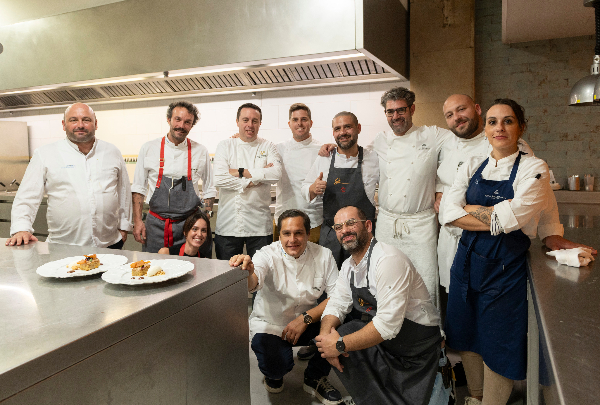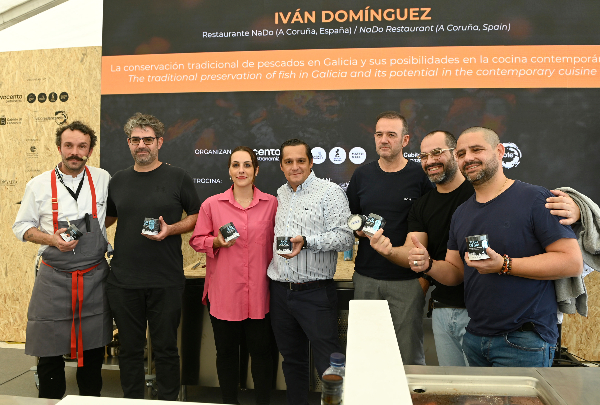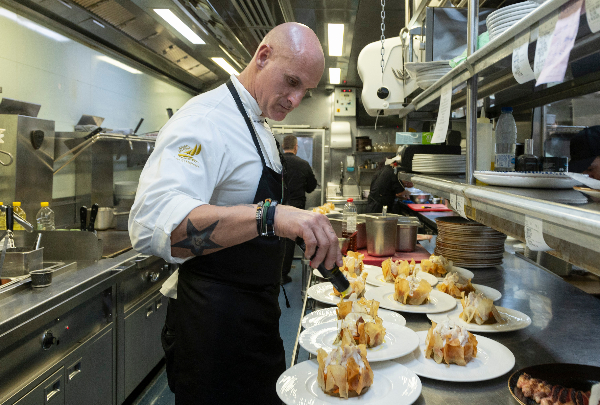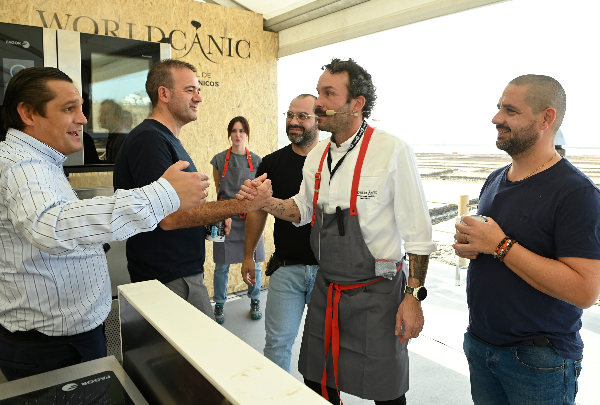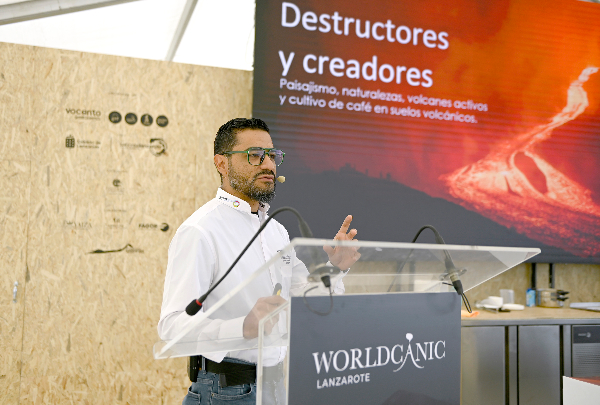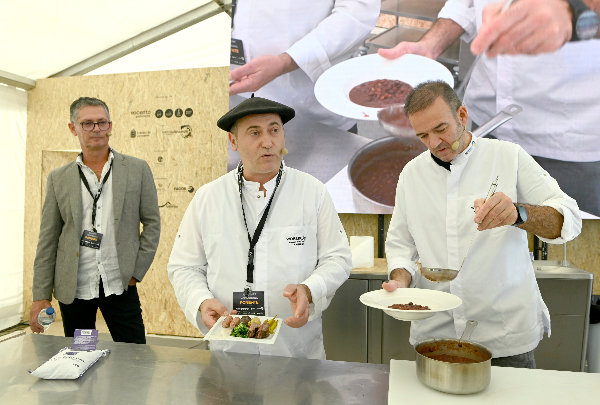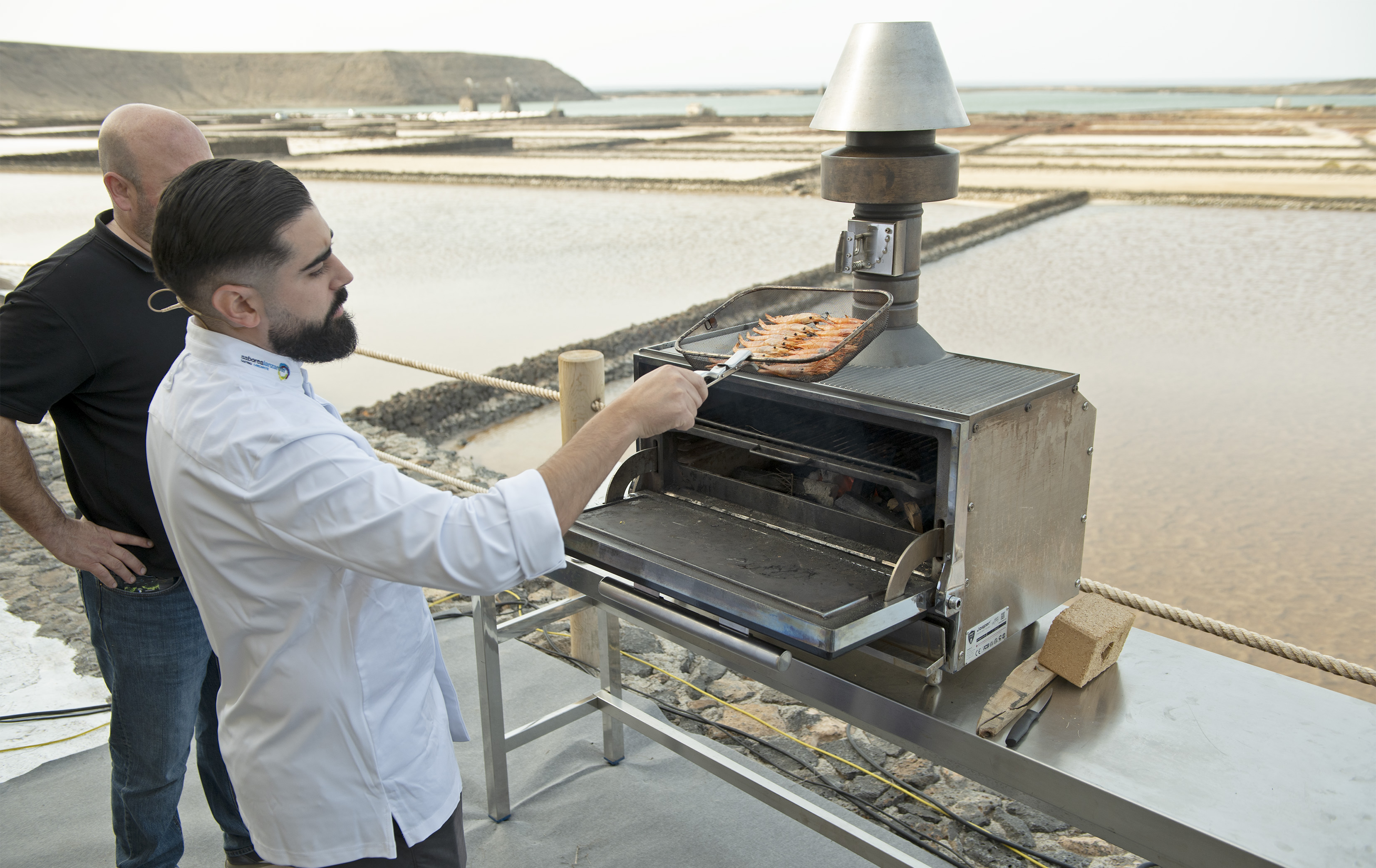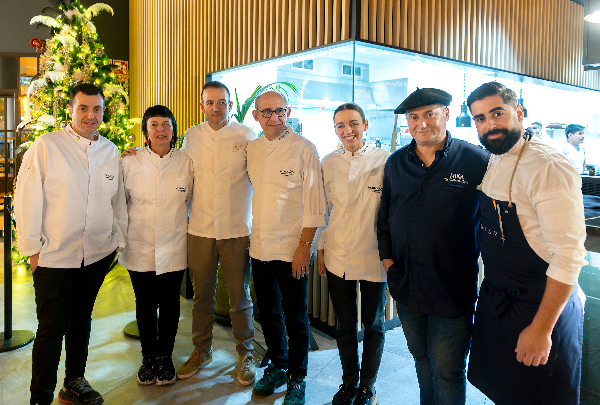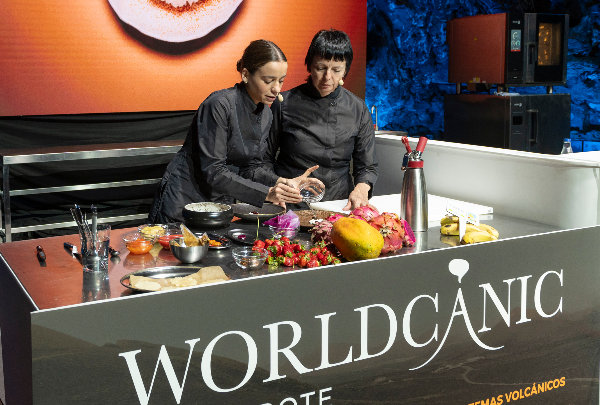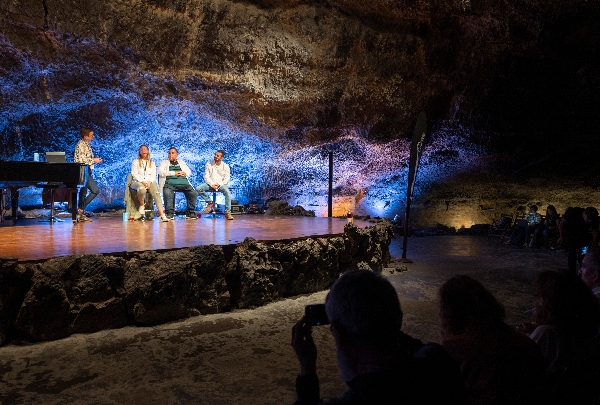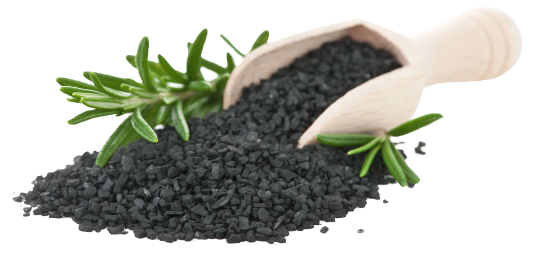News
“Lanzarote is not the land I am from, but it is my land”
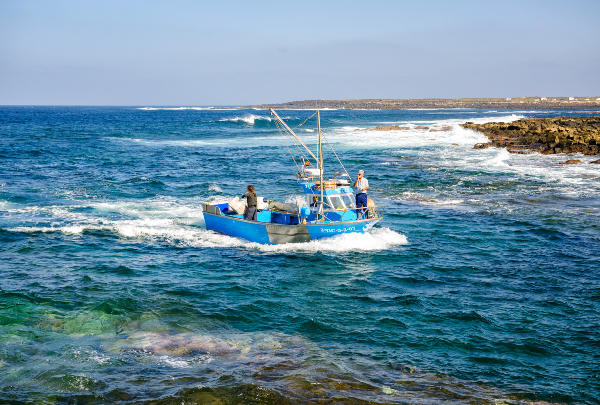
The Timanfaya eruption, the hand of César Manrique and the resilience of local people. Marvels of the island hosting Worldcanic.
Portugal's Nobel Prize for Literature, José Saramago, spent the last seven years of his life in Lanzarote until 2010. In the hinterland town of Tías, where his House-Museum now stands, the writer witnessed that something which catches the visitor's eye on arrival in the Canary Island archipelago's northernmost island. “Its colours, its scenery, its hues, its resilience”, says Brazilian chef João Faraco, also a new arrival who stayed on the island. “That's what Saramago said: 'Lanzarote is not the land I am from, but it is my land'”. That is how the Worldcanic attendees will feel for at least the four days of the event, with enough time to tour an island with locations, secrets and virtues, an island marked by the Timanfaya, by its pre-Hispanic past imported from north Africa, which still has old sites and relics, and by the sustainable mark of local and international artist César Manrique which made it famous.
Because Manrique, Lanzarote's most universal personage, explains historian Mario Ferrer, was born and grew up on the island, and although he met with success in Madrid and then New York, he never really left Lanzarote, “a territory where he took action to mediate with messages of sustainability and responsible tourism”. Manrique, he adds, “makes islanders proud of our native land, and gives us a different vision of it. He creates a conscience and a legacy”. These words are easily understood, for example, by inspecting some of his most famous work - Jameos del Agua, Mirador del Río, or even Hotel Meliá Salinas.
Jameos del Agua and Mirador del Río
Jameos del Agua is the first Art, Culture and Tourism Centre created by César Manrique, and many consider it the paradigm of his aesthetic ideals: harmony between nature and artistic creation. Located in the northeastern corner of the island, it set out to transform the collapsed roof of a volcanic tube into an oneiric, integrated space, with a unique auditorium thanks to its geological characteristics and acoustic qualities. “Manrique taught us to look at the landscape differently", says Ferrer ...
Another example is Mirador del Río. At an altitude of 400 m in Risco de Famara, this is one of the island's most representative architectural creations, a watchtower built in proximity to the remains of a former military base looking out onto the eighth Canary Island, La Graciosa, with its islets that give the Archipelago Chinijo Nature Park its name. Unlike many other creations, Mirador del Río demonstrates the artist's eagerness to combine art and nature.
Hotels making their mark
Manrique's work also focused on the private sector, specifically Hotel Meliá Salinas on Costa Teguise. At this iconic hotel in Lanzarote, which opened in 1977 and was refurbished recently, Manrique was detailed to shape what is probably the hotel's most special and beautiful location: a huge swimming pool covering more than 1,800 m2. He also designed the tropical gardens, and was responsible for the decoration of some areas inside the building, with frescoes and sculptures. Hotel Meliá Salinas won the National Architecture Prize, and has been declared one of Lanzarote's Artistic and Cultural Heritage sites.
It does not have the mark of Manrique, but it does have another title, perhaps even more important, demonstrating its ties to the island. Hotel Fariones, in Puerto del Carmen, was Lanzarote's first tourist hotel (1966), ushering in the tourist boom that has been maintained ever since. Ferrer provides an anecdote in this regard: “When they began work on the hotel, my grandfather wondered who was going to come here on their holidays, were they mad or what ... That was mid-century Lanzarote”. Los Fariones, which also has an infinity-effect roof pool looking out on Fuerteventura and la Isla de Lobos, underwent refurbishment recently to become a luxury 5-star hotel.
An island of resilience
The Meliá Salinas and Los Fariones are two of the island's leading hotels, thanks to ideas, services, history, and the fact that, during initial construction and subsequent refurbishment, they continued their focus on sustainability that has marked out the future of the island. “Manrique left behind a clear message to focus on tourism, but also on quality, for it to have an effect on the island, to generate jobs but to observe the tradition and sustainability that are inherent to an island with limited natural resources, which historically has been able to manage them successfully”, says Ferrer.
Because Lanzarote is an island of resilient people, with a population that has had to start from scratch on at least two occasions: In 1618, when an attack by pirates did away with 20% of the population, and in 1736, after a six-year eruption by the Timanfaya volcano, which affected 30% of the island. Add to this the daily struggles of people who, until Europe's first urban desalination plant was built in the 60s and made way for tourism, had worked chiefly in agriculture and fishing. The first incident was and is possible, paradoxically, thanks to the Timanfaya volcano and its lava, which created amazing landscapes such as La Geria, where holes are dug to grow vines producing a unique volcanic wine.
La Geria is another example of resilience and sustainability, of how to make use of resources and feel proud. At Worldcanic, the "conejeros" - as the inhabitants of Lanzarote are known - will do it again. Faraco summed it up: “I love these people. There are many places to live in the world, and these people decided to do it here”. There must be something about Lanzarote …

